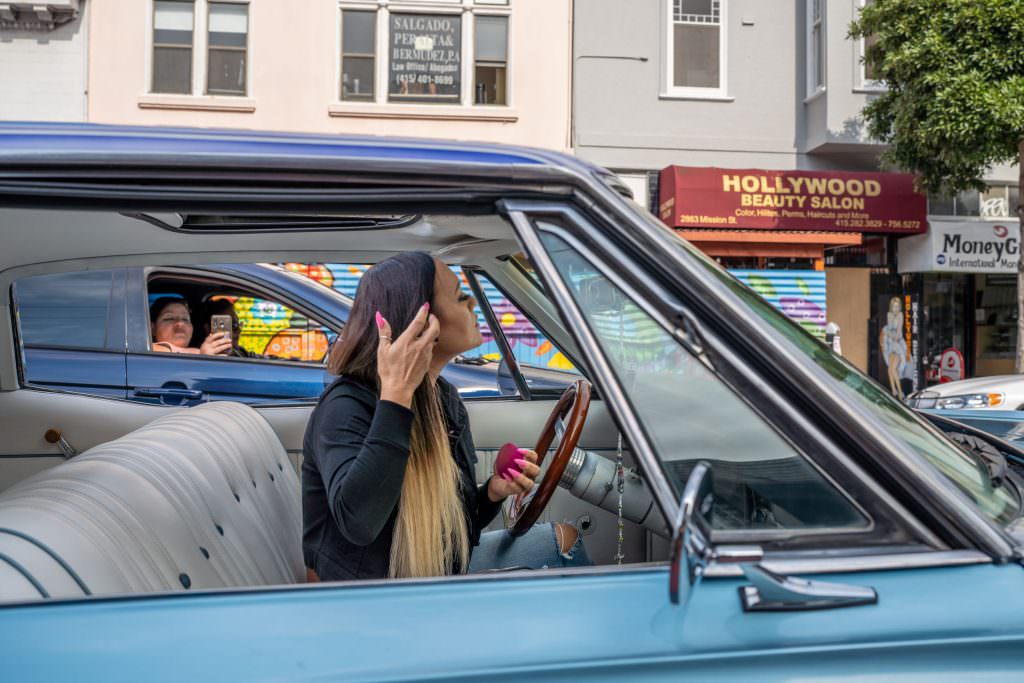Fourth Exibart Street Contest, Discover the Finalists: Eric Davidove
Dear Eric,
first of all, congratulations! You are one of the ten finalists in our fourth Street Photography Competition in the Best Single Photo category, and we are very happy to have this interview with you. Can you tell us something about yourself and the finalist photo? What was the main source of inspiration for this photo? What did you hope to communicate through this image?
I am a junkie, and my drug is street photography. Since 2014, I have been walking thousands of miles in urban centers, documenting how I see the world. My many years performing as a street mime have strongly influenced my photographic voice. I have been trained to anticipate and respond to human behavior to make people laugh. So, it’s no surprise that many of my street photos are quirky, funny, and satirical.
I see many people walking around urban centers without paying much attention to what’s happening around them. Most people stare at their phones, make phone calls, or listen to music. They’re not present or living in the moment. I hope my photos are a wake-up call. I hope people will look at my photos and think, “Maybe I should spend less time on my phone and more time observing life around me.” My finalist photo was shot in the Mission District, which is one of the oldest and most exuberant neighborhoods in San Francisco. I originally intended to take a photo of the lowrider as she applies make-up in her car, with the Hollywood Beauty Salon signage in the background. As luck would have it, another car passed by with a lady taking a photo of the lowrider from a different angle.
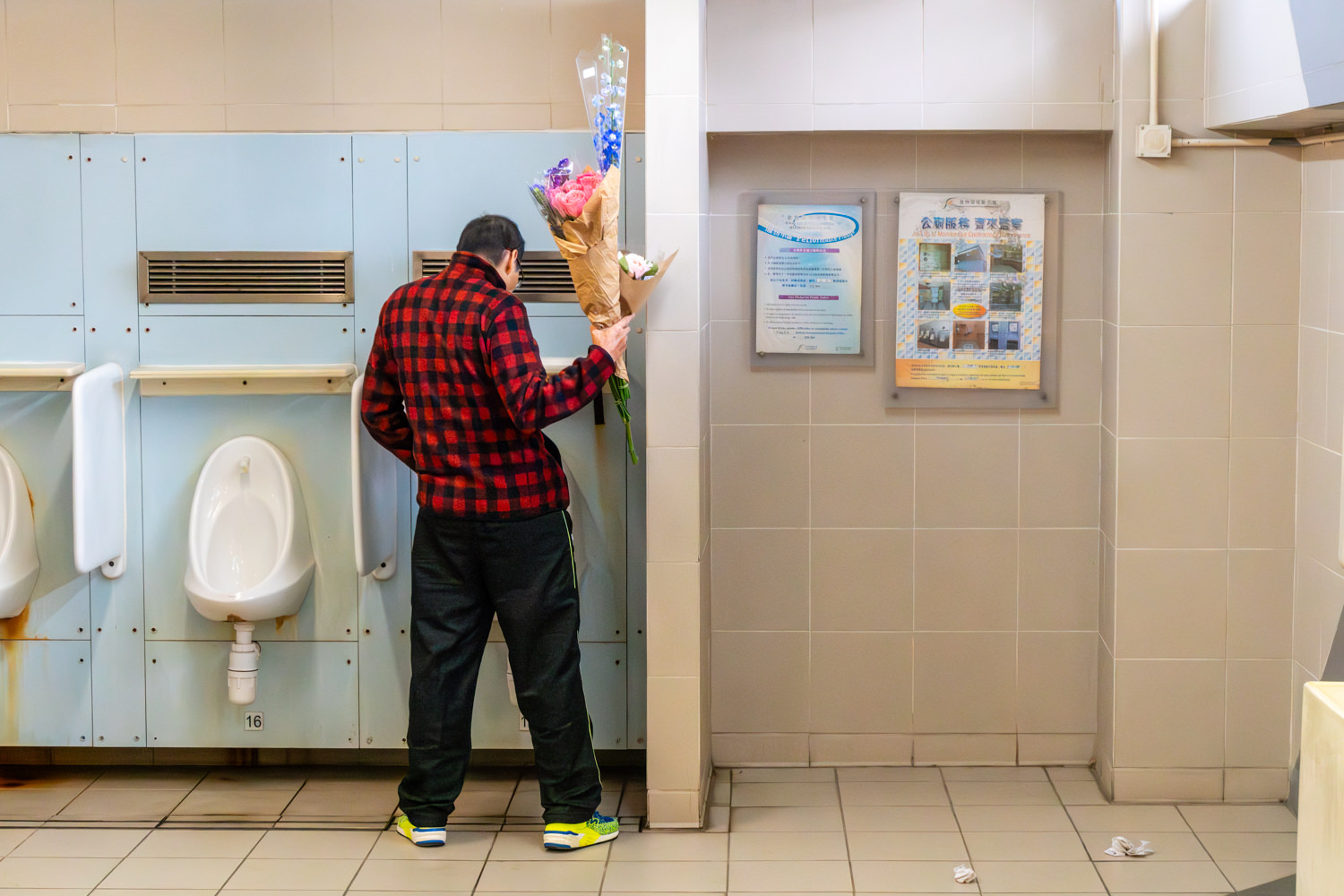
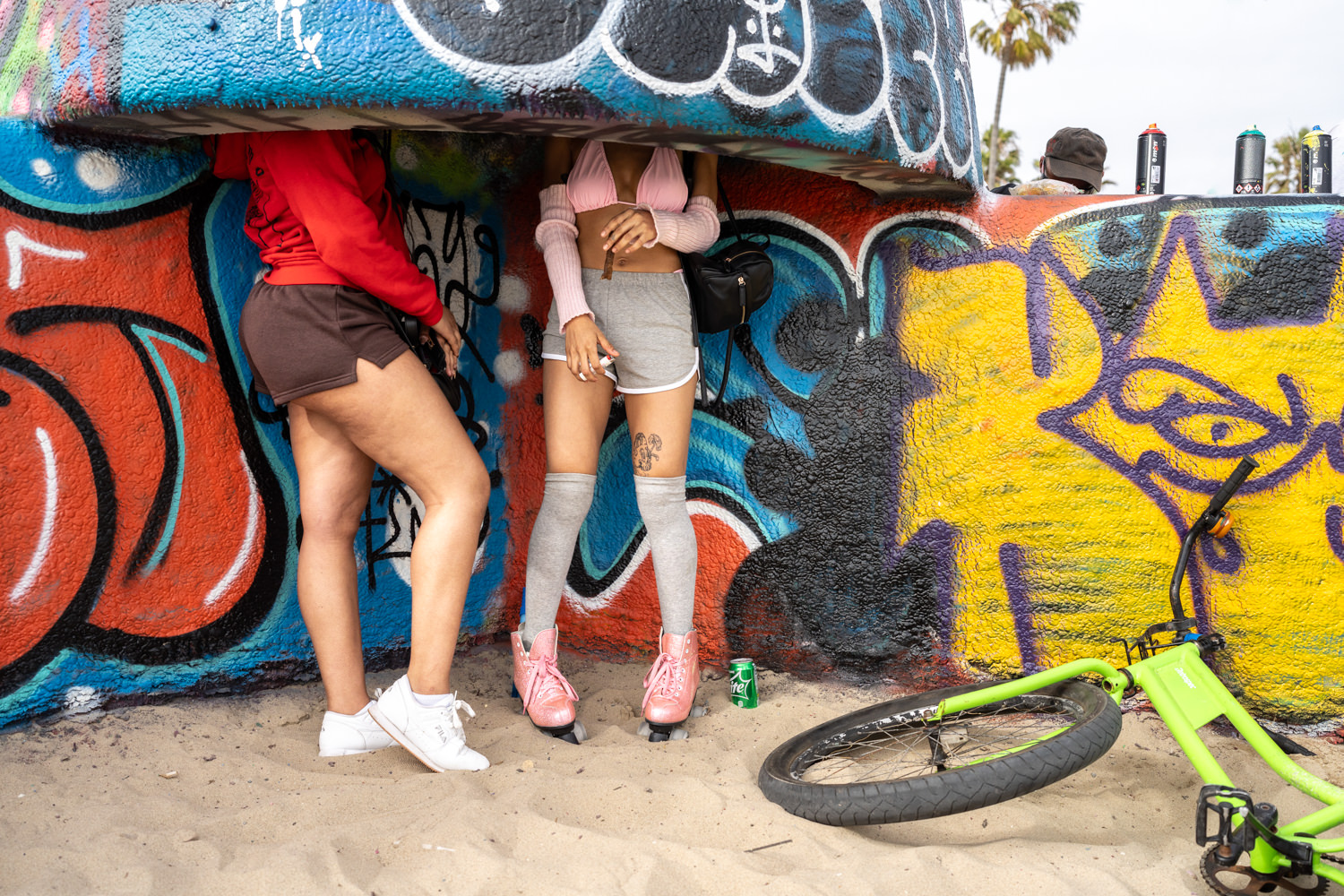
How do you choose the subjects or scenes to photograph?
I am triggered by lighting conditions, the presence of eye-grabbing shapes and forms, vibrant colors, and interesting-looking people. My preference is to take candid and natural photos. The rare exception is when I ask permission to make a portrait. I look for subjects or scenes that create an emotional response and/or suggest a narrative.
Is there a theme or thread you follow when creating a new project?
Maybe subconsciously I am following a theme or thread for a project. Consciously, I am simply looking for a good photo. Projects are more of an afterthought.
Black and white and color. Two different worlds. You decided to go black & white. Why? Do you ever shoot in color?
I always shoot in color and occasionally convert photos to black and white.
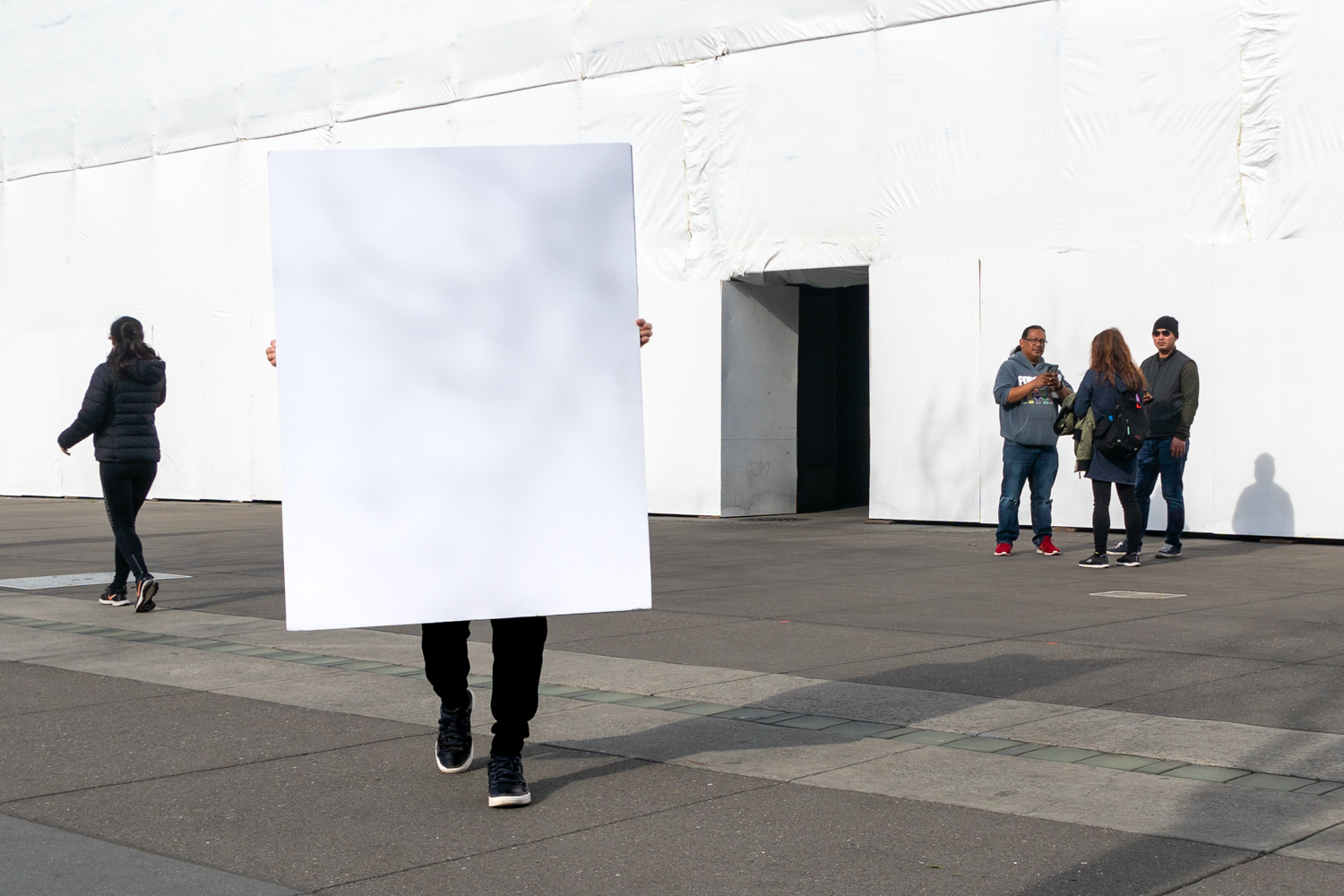
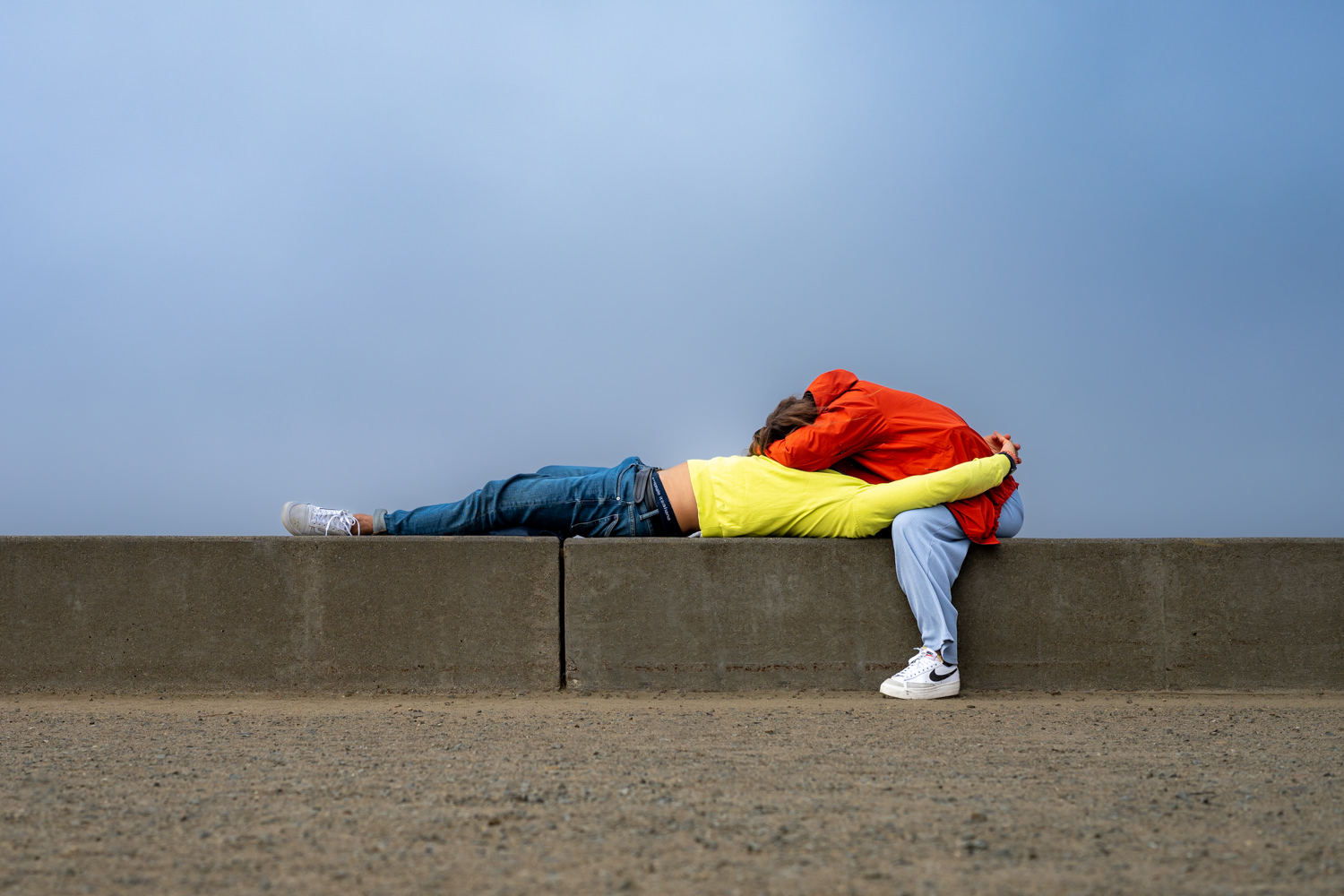
Many of your images capture everyday details that often go unnoticed. How do you decide which details to include and which to leave out?
I try to include details that are memorable, distinguishing, and rare.
Can you describe some of the photographic techniques you use to capture the atmosphere and moment in your photographs?
I shoot at different angles (i.e., down low, eye level, or up high) and distances from the subjects. When appropriate, I work the scene (i.e., take multiple shots). I use prime lenses with different focal lengths and zone focusing. My camera is usually set to aperture priority with a shutter speed of 500 or higher.
“I see many people walking around urban centers without paying much attention to what’s happening around them. Most people stare at their phones, make phone calls, or listen to music. They’re not present or living in the moment. I hope my photos are a wake-up call. I hope people will look at my photos and think, “Maybe I should spend less time on my phone and more time observing life around me.””
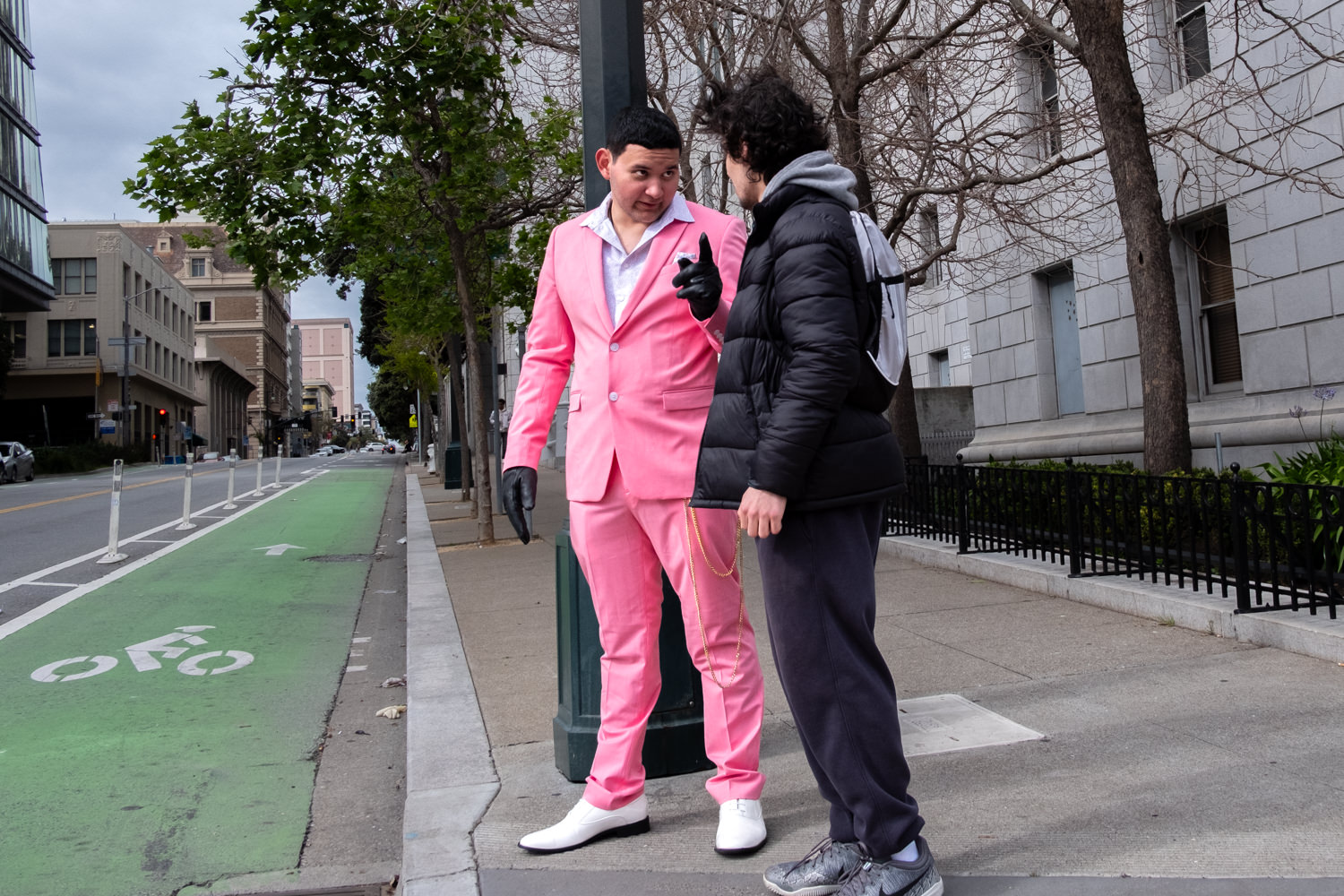
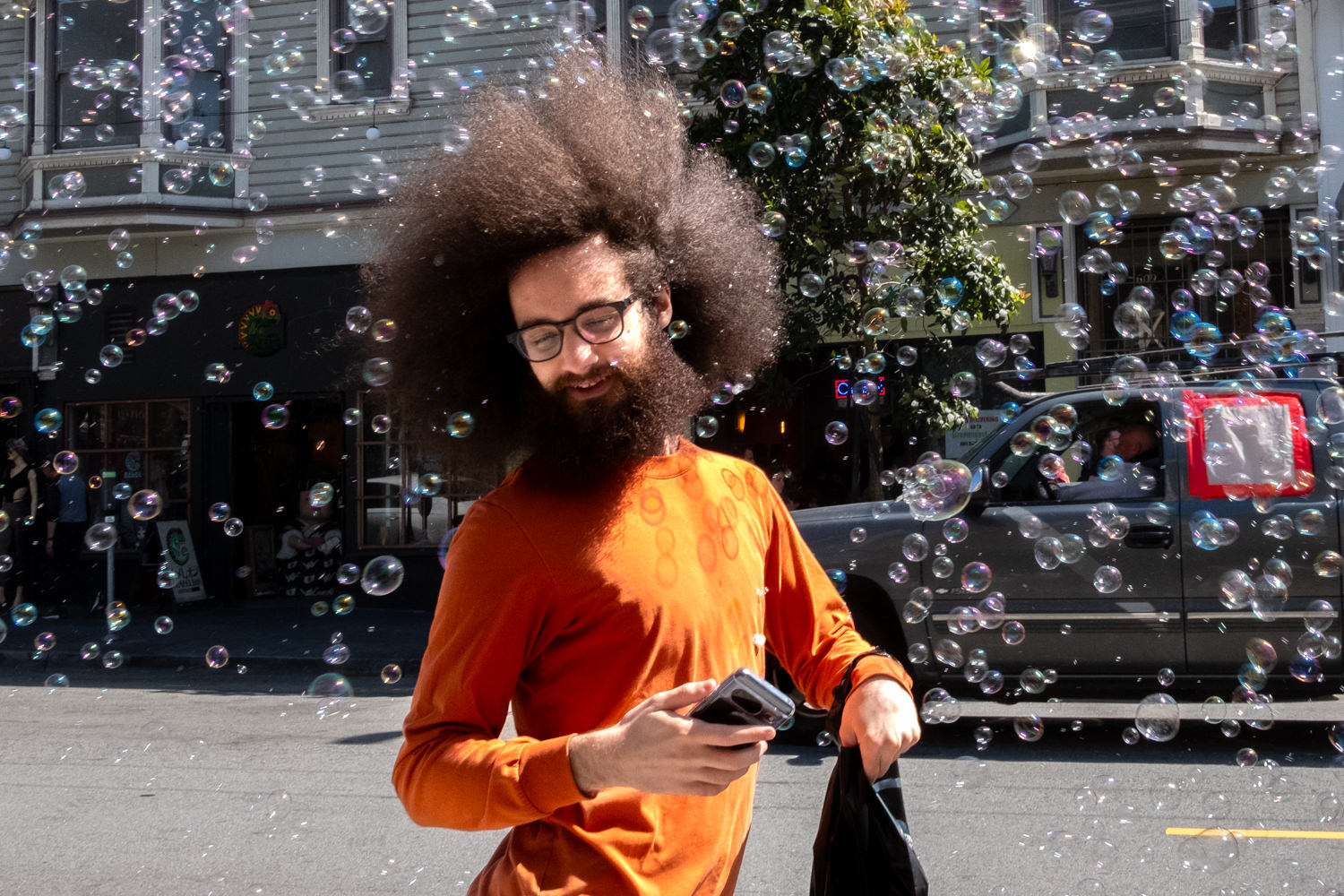
How would you define your photographic style?
My style is classical realism and documentary. I rarely incorporate motion blur or other techniques often found in fine art or abstract photos. Sometimes I play with reflections or juxtapositions.
Have you ever studied at a photography school or are you a self-taught artist?
I have an undergraduate degree in TV and Film and took a photography class as a high school student. Street photography is something I taught myself.
Who are the Masters of Photography who inspired you most in your photographic works?
I don’t know. What I can say is that my inspiration comes from looking at street photos shared on Instagram and Facebook, images made by the winners and finalists of street photography competitions, and images on the websites of well-known street photographers. I also look at photo books and zines for inspiration, but not too often.
Do you ever do Street Photography with your smartphone?
Never.
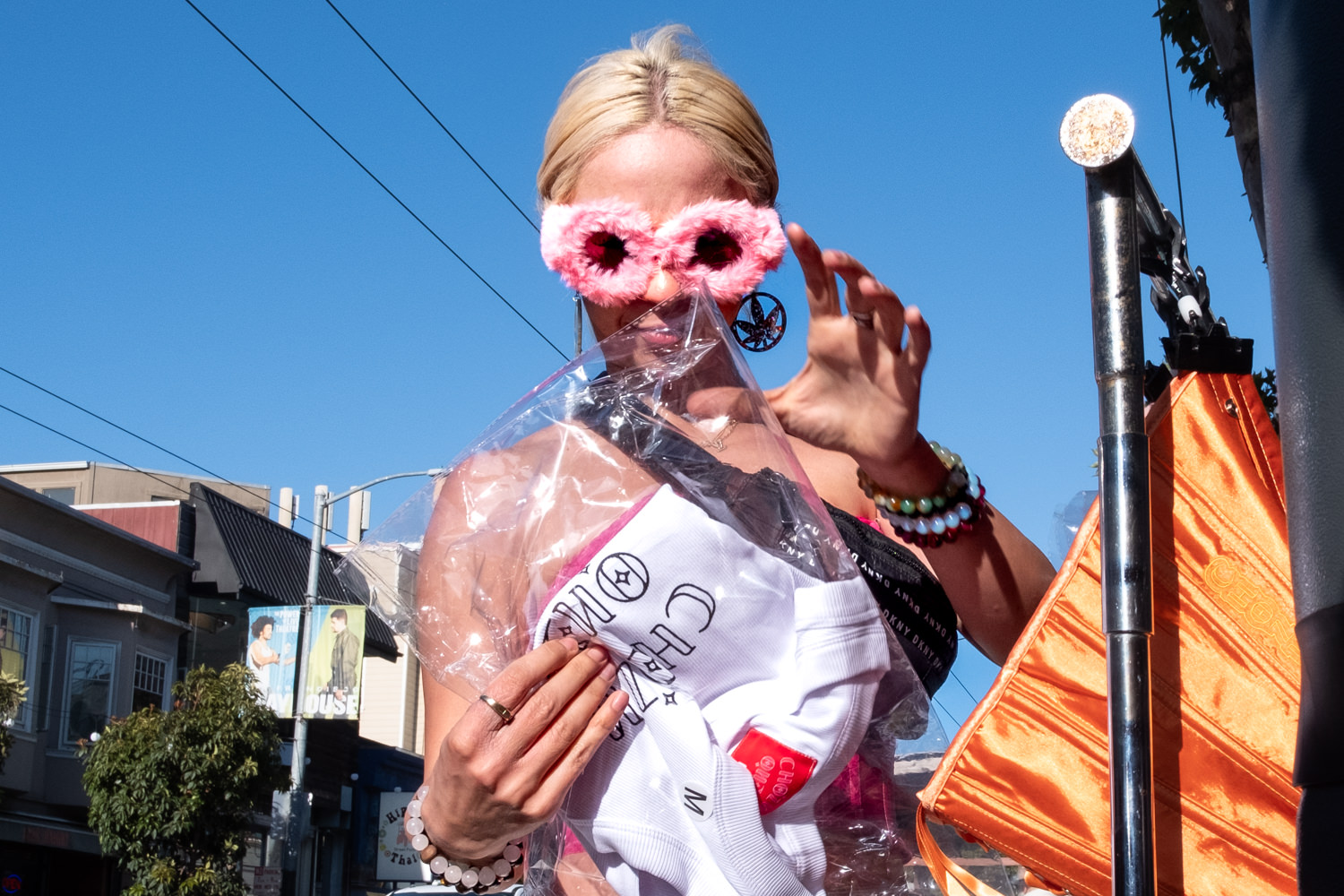
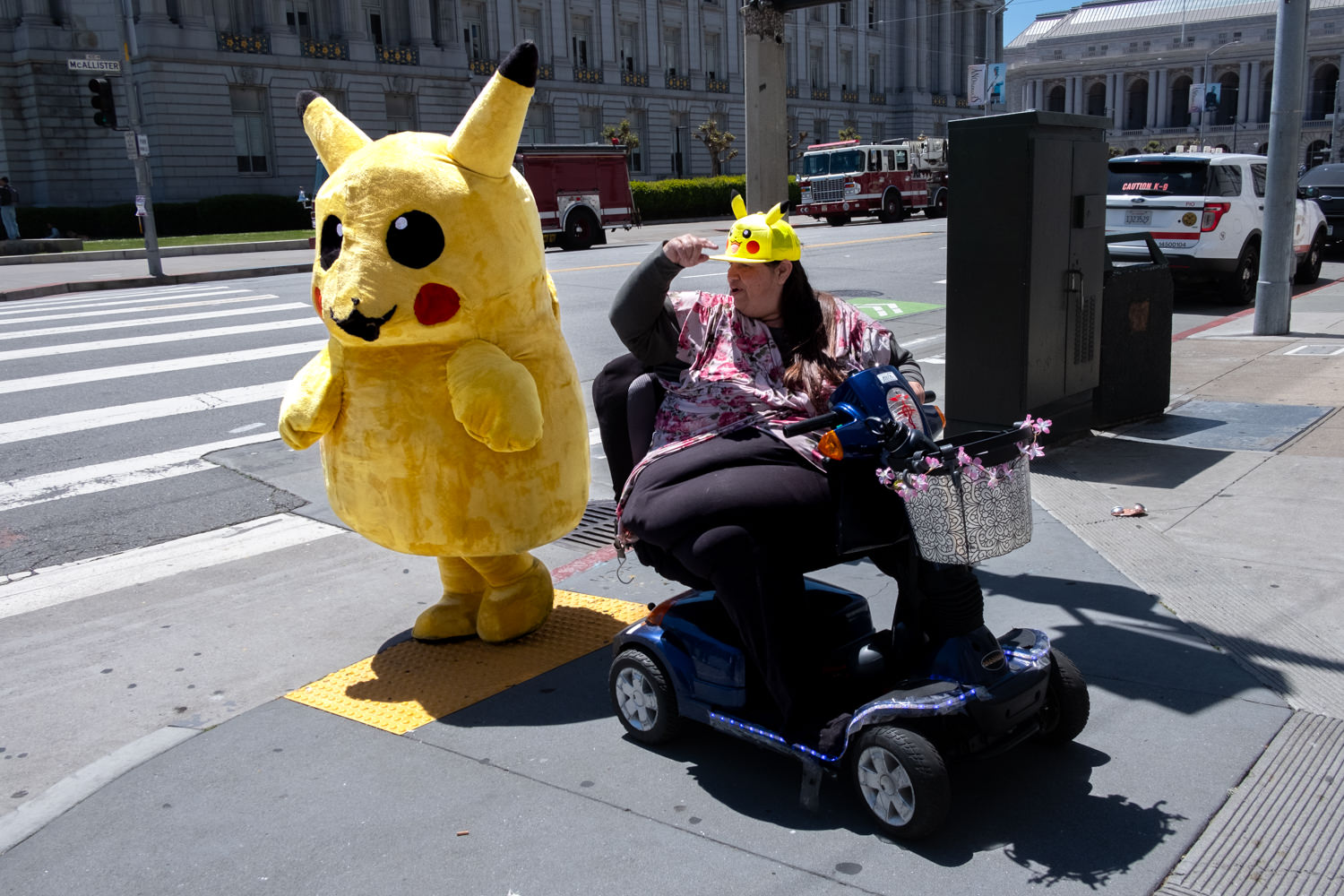
Analog and digital photography. Do you see these as alternatives to one another or the same thing?
I see analog and digital photography as alternatives. With digital, I am able to see my photos right away and have no cost implications when pushing the shutter button. The analog camera and darkroom, on the other hand, allow for more experimentation. I use a rangefinder camera with manual (zone) focusing and try to shoot like an analog photographer. For example, I do not use the back screen when shooting or the option that enables shooting multiple frames per second.
Do you think Street Photography has a more documentary or more artistic value?
Both.
Do you think there are ethical limits in street photography? Do you think it’s possible to shoot everything and everybody? What is your approach in street photography?
There are ethical limits. Some are widely accepted and some are personal choices. I try to steer clear of taking photos of homeless people, mentally ill people, drug addicts, people in private settings (i.e., inside their homes), and acts of cruelty or violence.
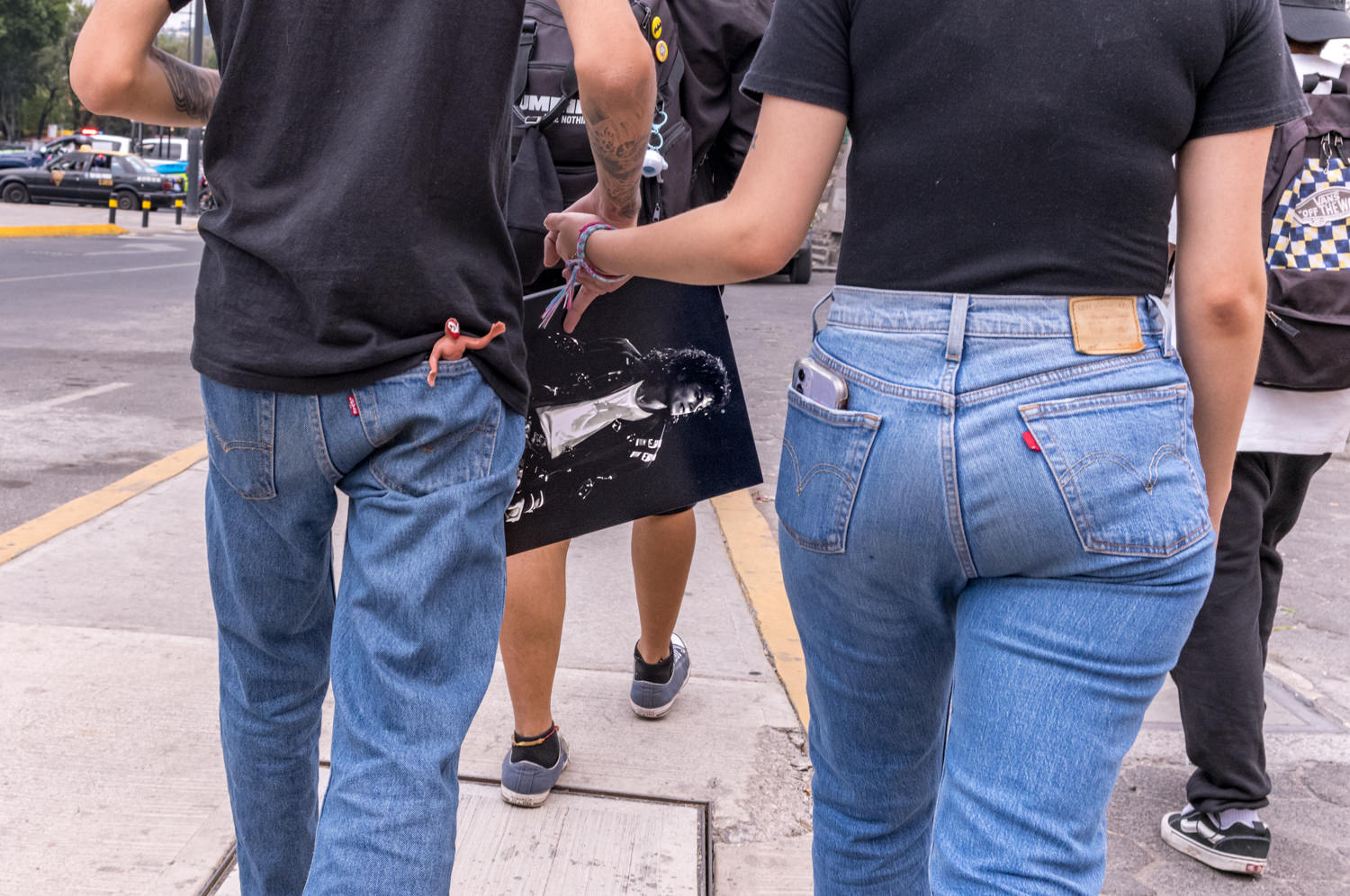
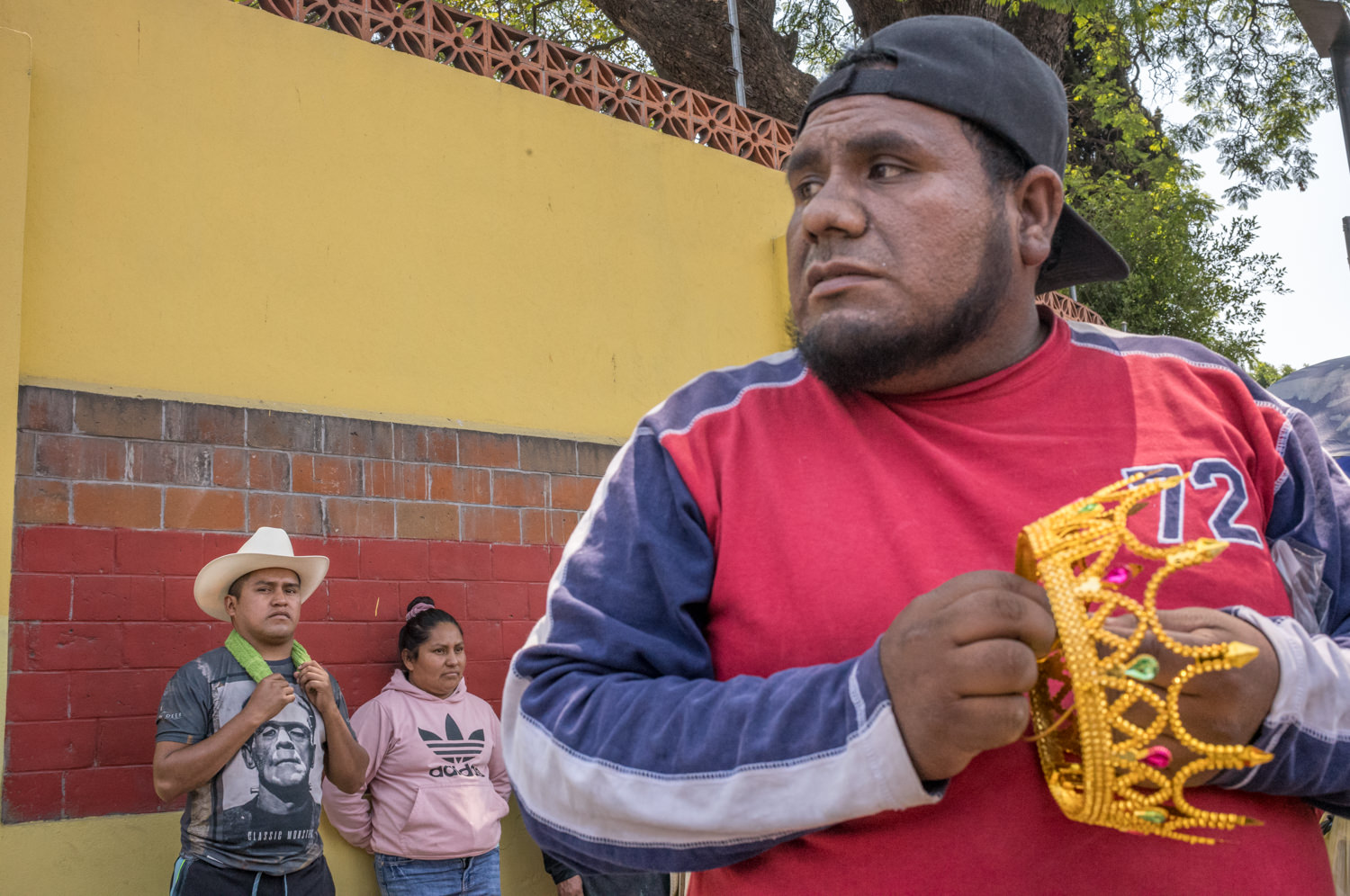
What kind of equipment do you use and what role, in your opinion, does equipment have in street photography?
I have a Leica M11 digital rangefinder camera and two prime lenses. One lens is 35mm and the other is 28mm. I have not yet used a flash. Equipment has a role in street photography. For example, a very large full-frame camera might attract too much negative attention. Moreover, an analog camera will usually produce images with different characteristics (i.e., color, grain, sharpness, etc.) than a digital camera. Just about any camera would work for street photography. We just need to select the camera that fits our desired voice, style, and budget.
If you had to choose one lens that you would have to use for the rest of your life, which one would that be and why?
A 28 mm prime lens. This focal length is a good compromise because it more easily captures an entire scene, performs well when shooting from the hip, and produces fairly good portrait shots or shots when the subjects are fairly close by.
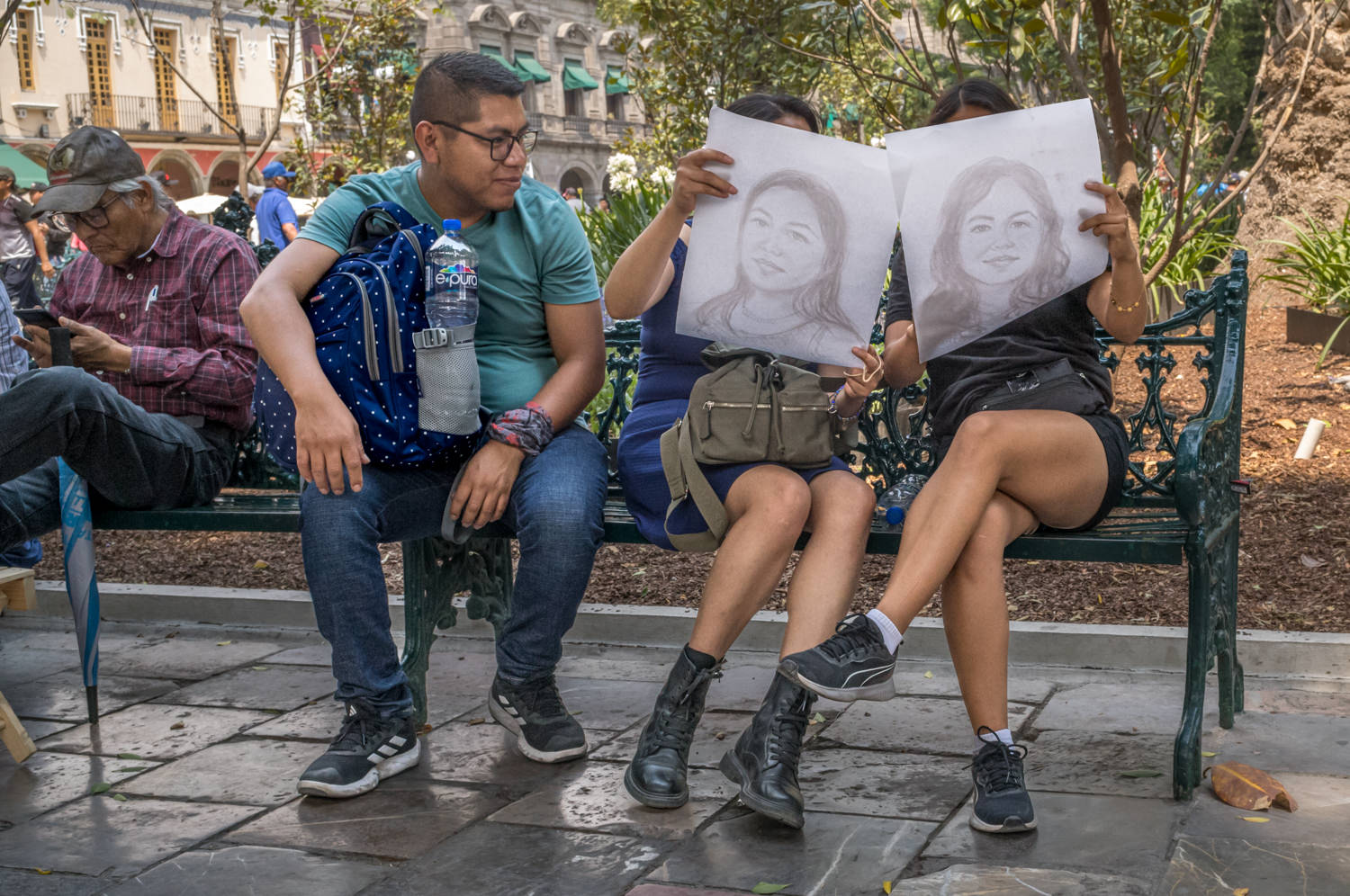
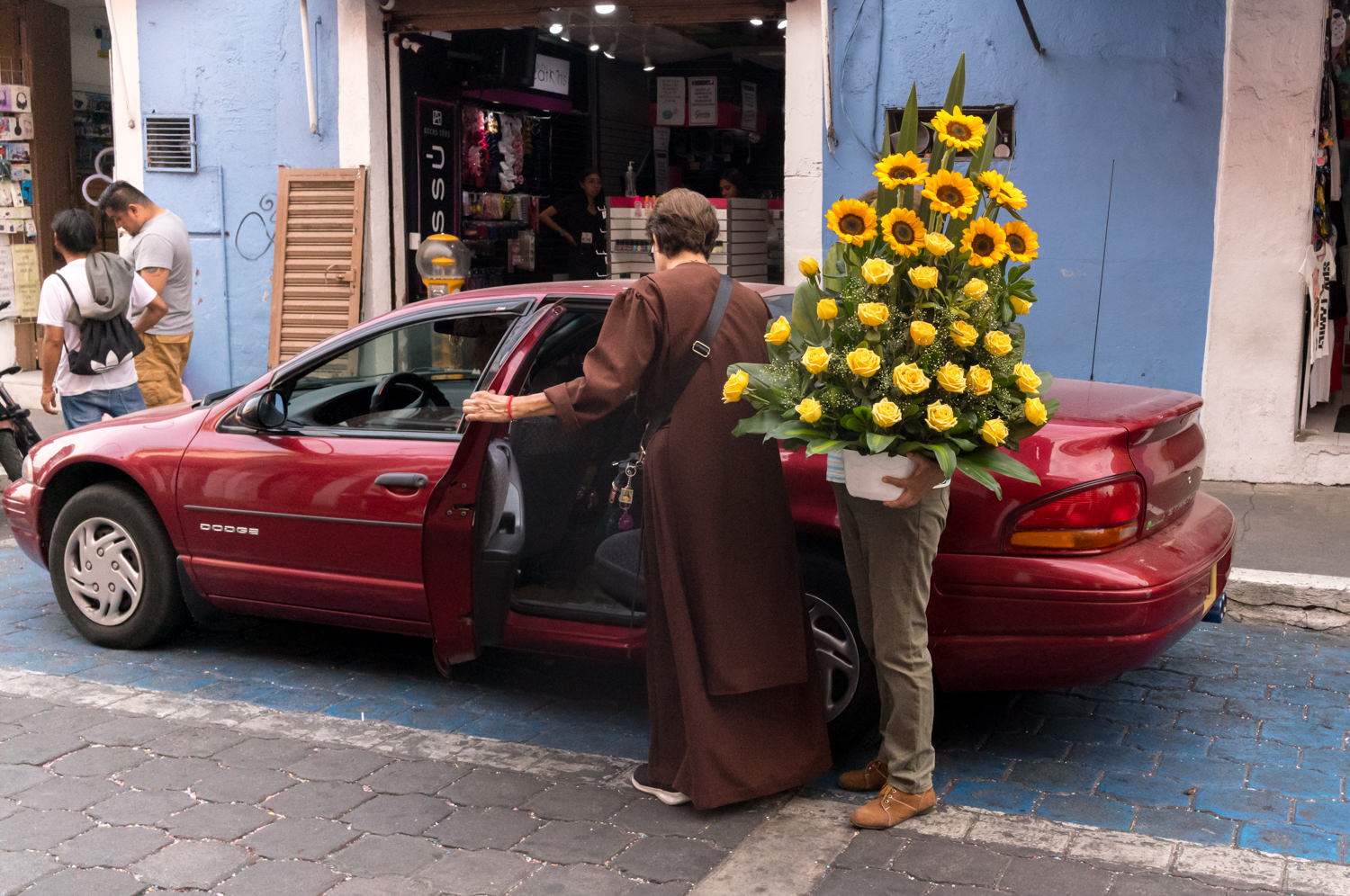
“Equipment has a role in street photography. For example, a very large full-frame camera might attract too much negative attention. Moreover, an analog camera will usually produce images with different characteristics (i.e., color, grain, sharpness, etc.) than a digital camera. Just about any camera would work for street photography. We just need to select the camera that fits our desired voice, style, and budget.”
After shooting, what actions do you take in terms of processing and editing?
Lightroom is my go-to software for processing and editing. I generally take actions that optimize my image. This might include slight cropping, adjustments to brightness, shadows, highlights, contrast, or color balance. I might retouch dust spots or minor elements. I do not add or remove key elements of the composition. I try to limit myself to post-processing techniques that could realistically be achieved in a darkroom.
Do you have new projects or themes in mind that you would like to explore in the future?
In terms of techniques, I am trying to improve my compositions by paying more attention to lighting, colors, backgrounds, layering, movement, and narratives. I currently have no specific new projects or themes in mind.
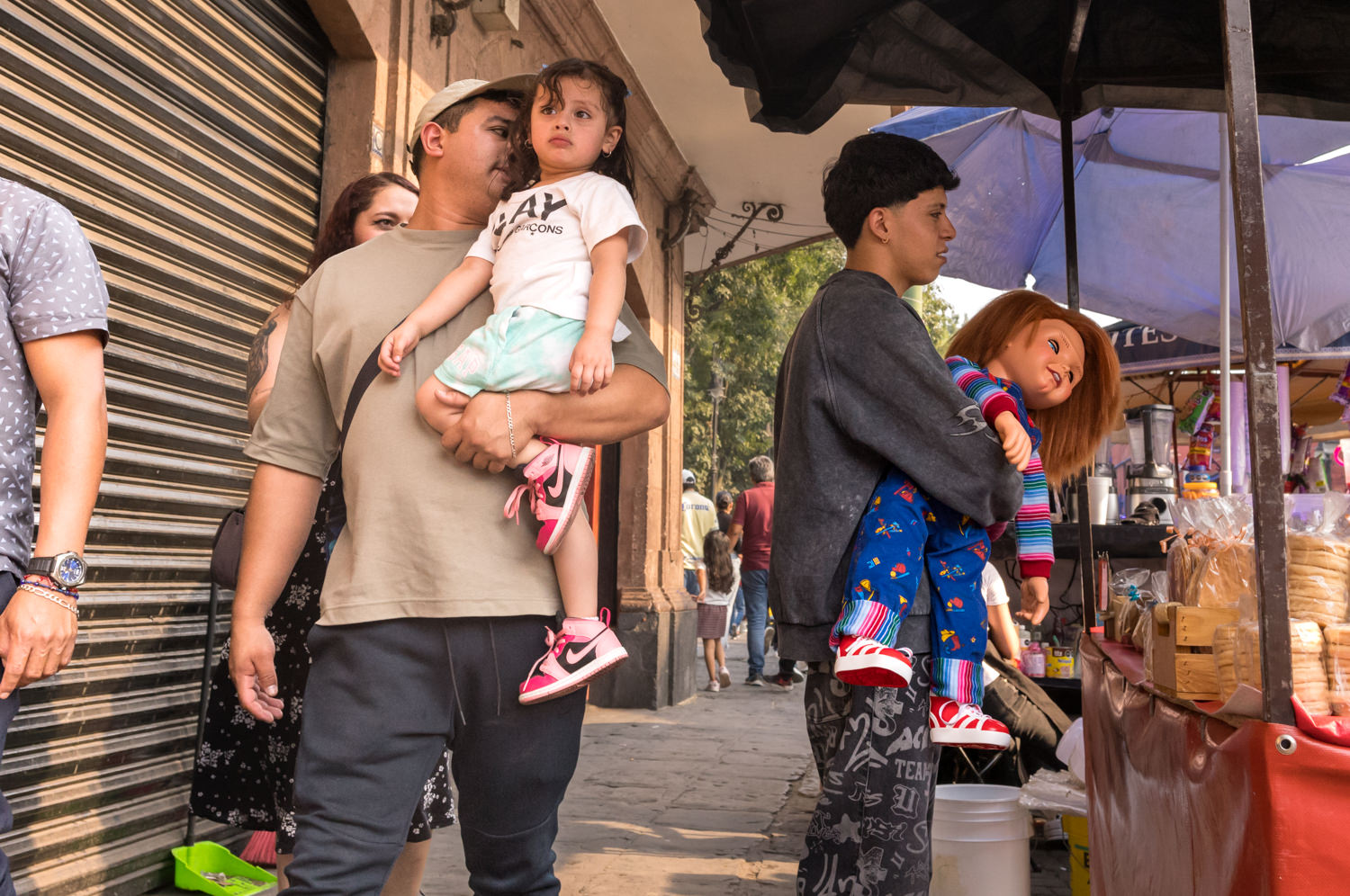
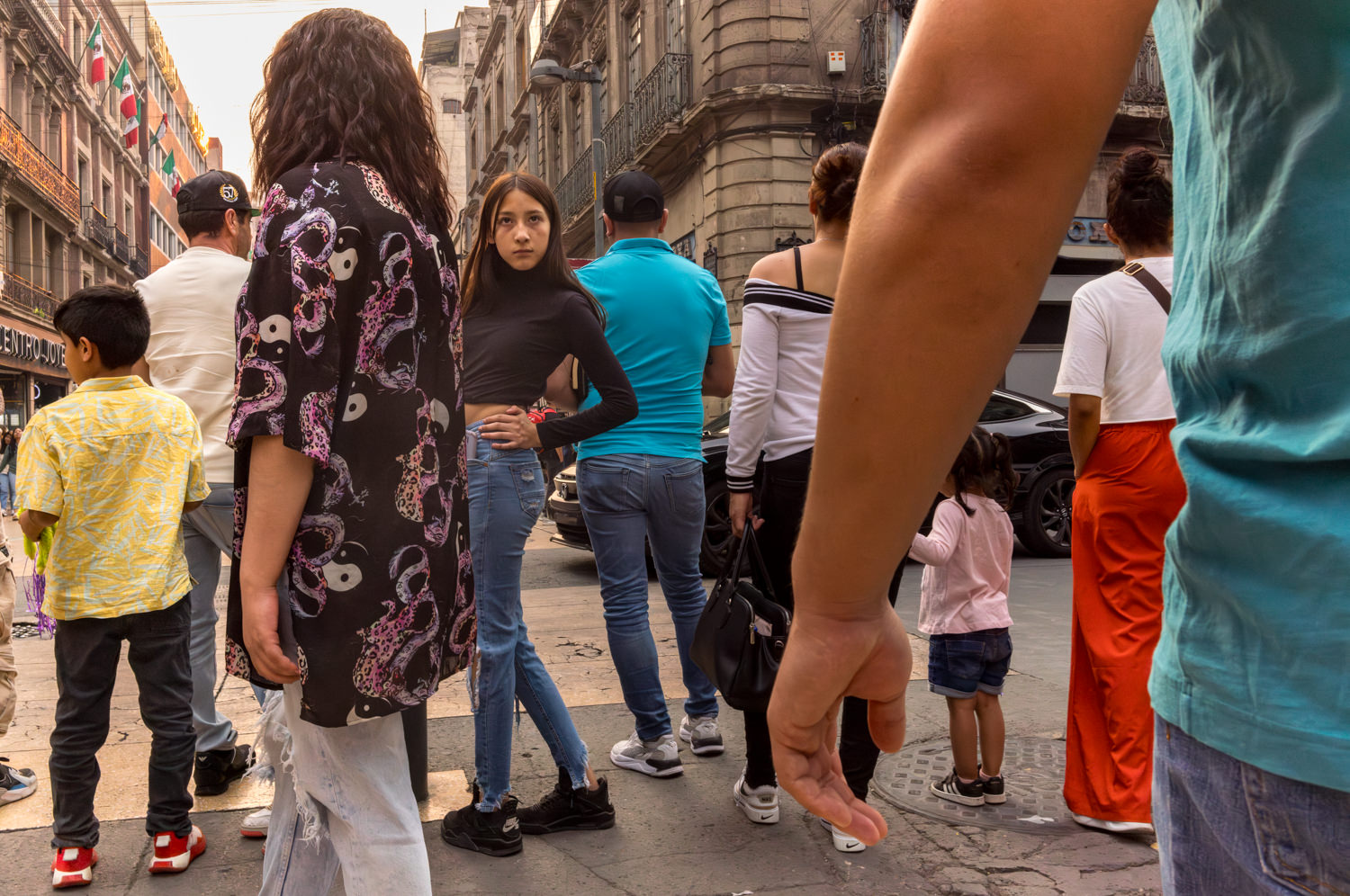
How do you see the evolution of your photographic work?
I am more discerning and purposeful, pushing the shutter button less and thinking more about the composition in advance. Hopefully, avoiding clichés and one-liners. I think my work has become more refined, consistent, and distinguished.
Which are your favorite photography books?
I do not look at too many photography books. My local library has very few good ones and I don’t own many. I don’t have any favorites.
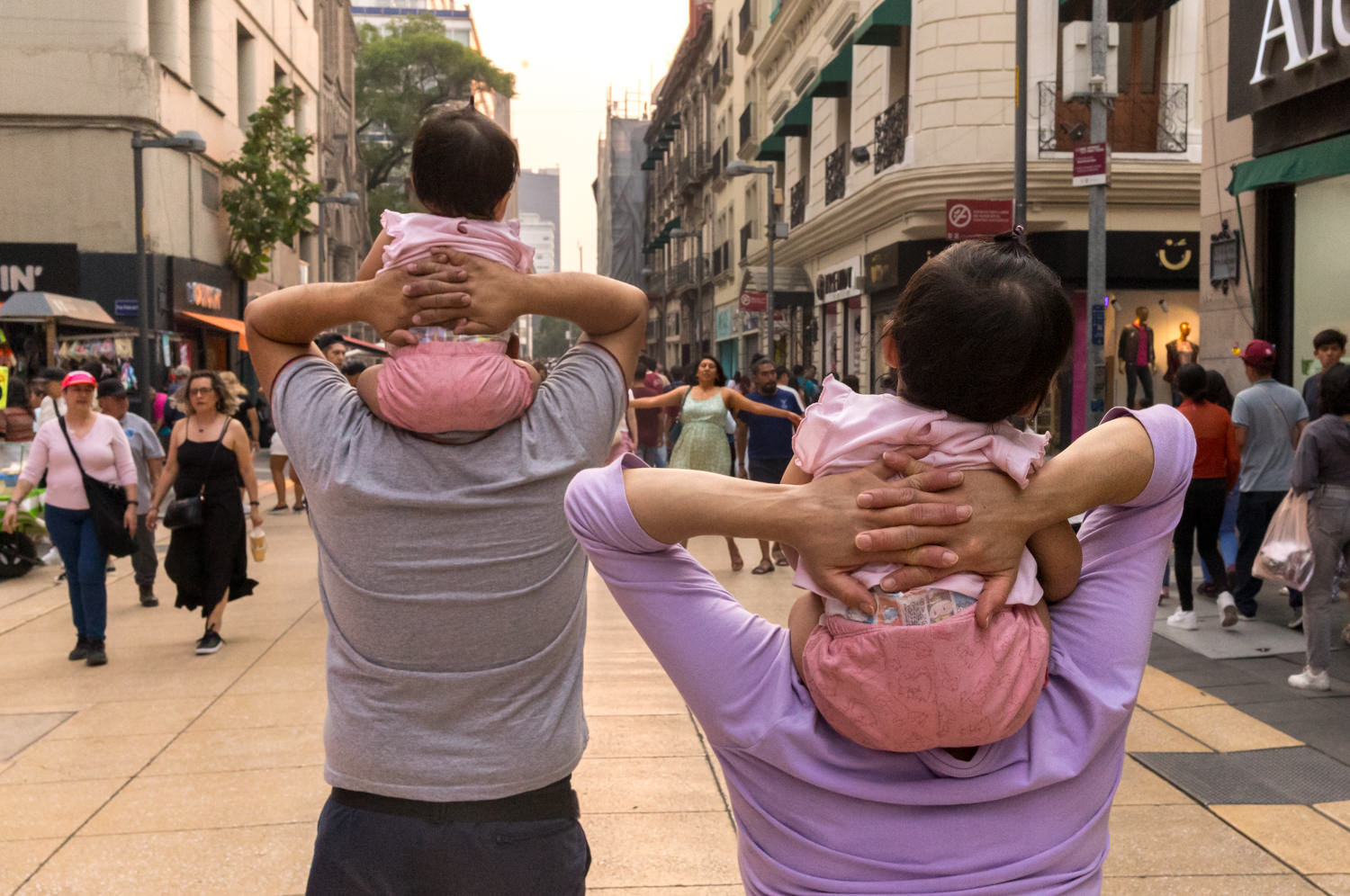
Is there a country or a city that you like to photograph more than others?
Most of my photos were taken in the San Francisco Bay Area or Los Angeles. I have taken three trips to Mexico in the past 1.5 years and like it for street photography. In the future, I would like to take photos in South America, Asia, the Middle East, and Africa.
What advice would you give to someone who is starting to do street photography and wants to develop a unique and personal style?
Practice as much as you are able, try to enjoy the process, and concern yourself less with how many “good photos” you get on a given day. Be critical of yourself and learn from failures. Ignore rules and definitions, and just try to take good photos. Experiment and copy styles of other photographers to better understand how to use a camera and to train your eye.
Thank you!
ERIC BIOGRAPHY
Eric’s photos have been widely published in magazines and books. Some of his 2024 achievements are the Exibart Street Contest Edition 4, Brussels Street Photography Festival, Dublin Street Photography Festival, La Vie En Bleu: International Photography Exhibition, Moments Collective First International Photography Annual Exhibition, Superchief Gallery: Contagious Culture Vol IV Exhibition, Vivian Maier and Champsaur Association Photo Exhibition, and the All About Photo Awards 2024.
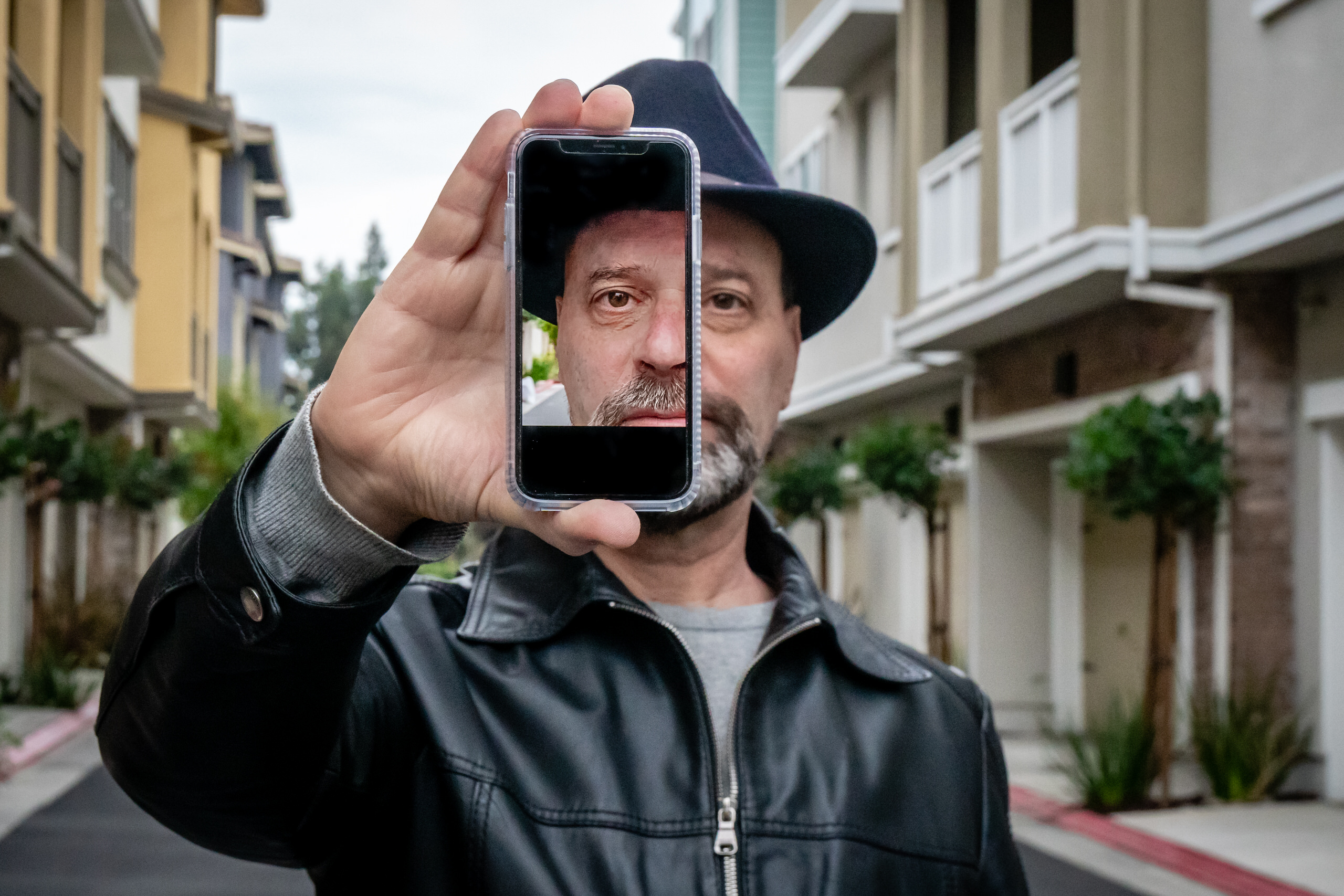
Eric Links:
Website: https://edovephotos.myportfolio.com/
Instagram: https://www.instagram.com/edovephotos/

